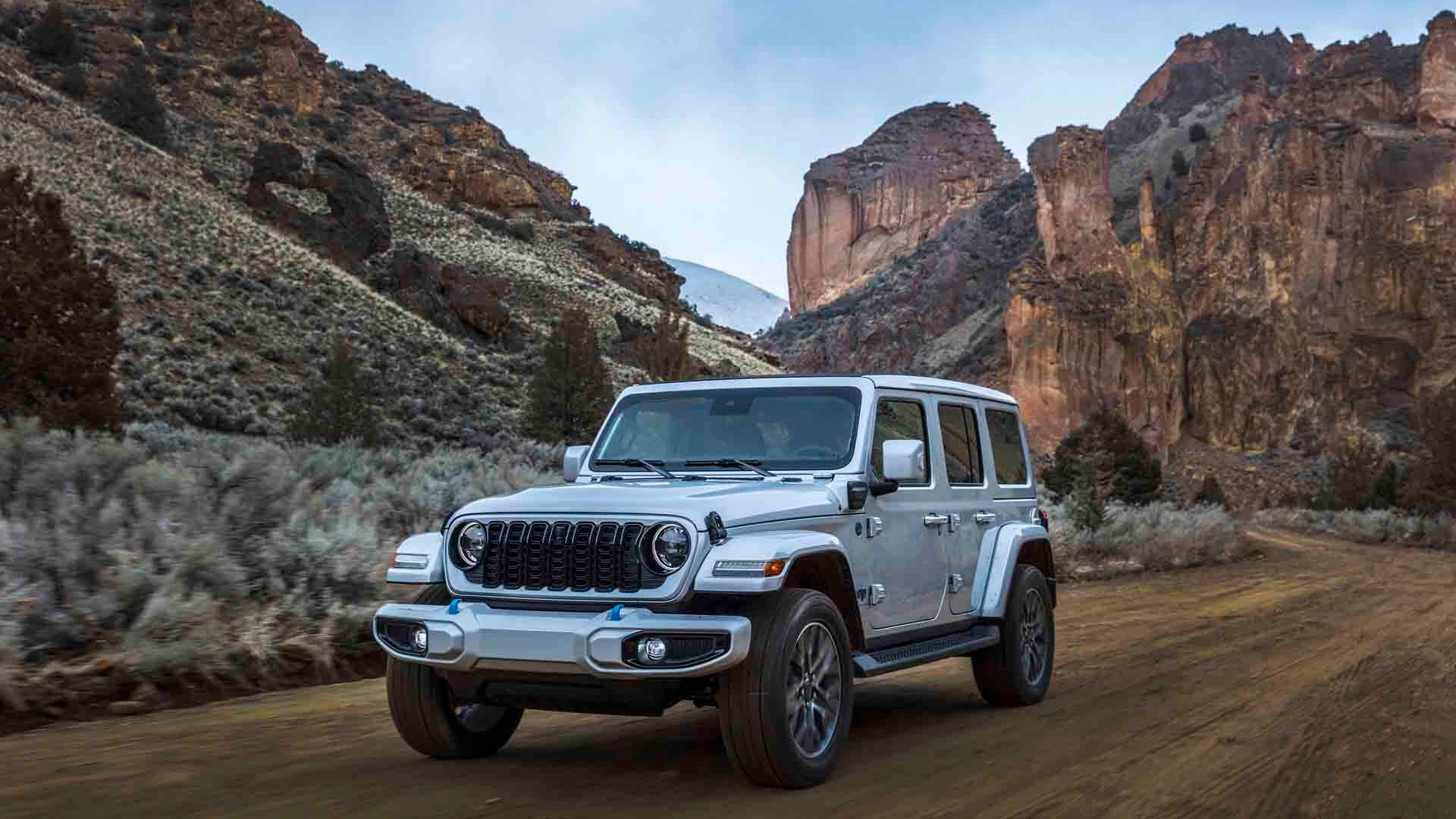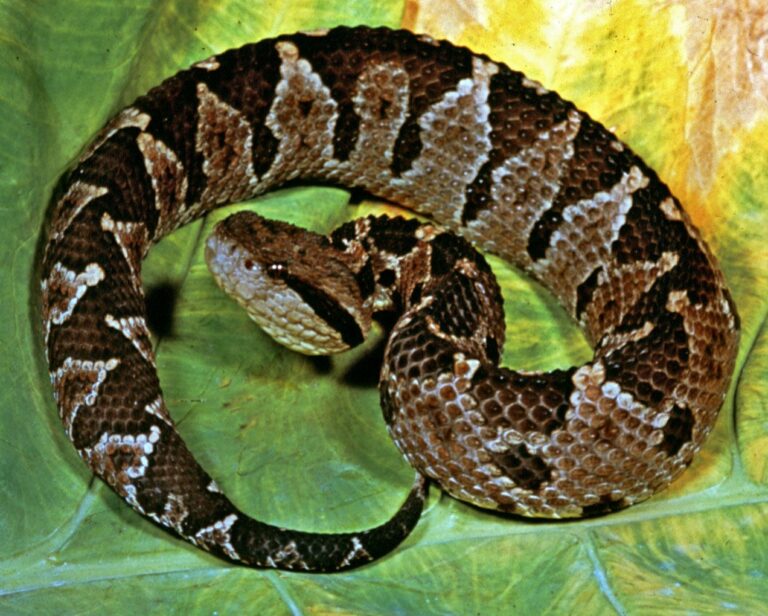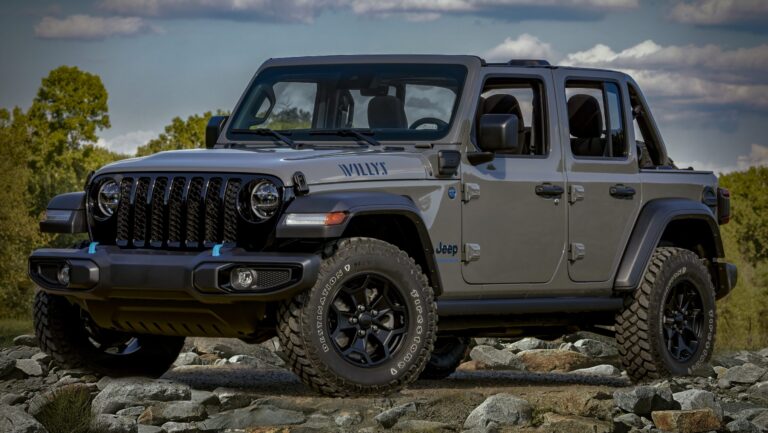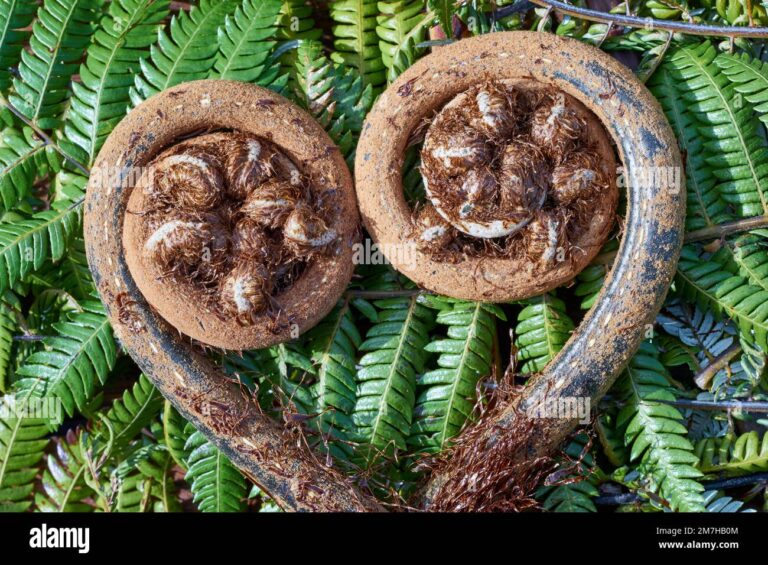Jeep SRT Brake Specs: The Ultimate Guide to Stopping Power
Jeep SRT Brake Specs: The Ultimate Guide to Stopping Power jeeps.truckstrend.com
The Jeep Grand Cherokee SRT is not just another SUV; it’s a high-performance beast designed to thrill, boasting a powerful engine that delivers exhilarating acceleration. But with great power comes the need for equally formidable stopping power. This is where the Jeep SRT Brake Specs become paramount. Far from being mere technical jargon, these specifications define the very safety, responsiveness, and track-readiness of this incredible machine. Understanding these specs is crucial for any SRT owner or enthusiast, as they directly impact performance, maintenance, and potential upgrade paths.
This comprehensive guide will delve deep into the intricate details of the Jeep SRT’s braking system, exploring its core components, the science behind its impressive stopping capabilities, essential maintenance, and considerations for those looking to push their SRT to its limits.
Jeep SRT Brake Specs: The Ultimate Guide to Stopping Power
The Heart of the System: Brembo Calipers
At the core of the Jeep SRT’s legendary stopping power are its meticulously engineered Brembo brake calipers. Brembo is a globally renowned leader in high-performance braking systems, and their partnership with Jeep for the SRT models underscores the vehicle’s commitment to top-tier performance and safety.
Key Specifications and Design:
- Front Calipers: Typically, the Jeep Grand Cherokee SRT (especially the WK2 generation, 2012-2021) is equipped with 6-piston fixed monobloc Brembo calipers on the front axle. A monobloc design means the caliper body is cast from a single piece of aluminum, offering superior rigidity and reduced flex compared to multi-piece designs. This rigidity ensures consistent brake pedal feel and optimal clamping force distribution across the pads.
- Rear Calipers: For the rear axle, 4-piston fixed Brembo calipers are commonly employed. While slightly smaller, they are perfectly matched to the vehicle’s weight distribution and braking dynamics, ensuring balanced and effective rear braking.
- Material: Both front and rear calipers are typically made from high-grade aluminum, which is lightweight yet incredibly strong. This reduces unsprung mass, contributing to better handling and suspension response.
- Color: Often recognizable by their signature red finish (though other colors may be offered or aftermarket painted), these calipers are a visual testament to the SRT’s performance pedigree.
![]()
Benefits of Brembo Calipers:
- Superior Clamping Force: More pistons distribute pressure more evenly over the brake pad, leading to more effective and consistent braking.
- Excellent Heat Dissipation: The design of fixed calipers, combined with their robust construction, helps manage the extreme heat generated during heavy braking, reducing the risk of brake fade.
- Durability and Longevity: Built to withstand the rigors of high-performance driving, Brembo calipers are known for their robust construction and long service life.
- Improved Pedal Feel: The rigid construction translates to a firm, consistent, and confidence-inspiring brake pedal feel.

Rotor Design and Dimensions: Dissipating the Heat
While the calipers provide the clamping force, it’s the brake rotors that bear the brunt of the kinetic energy conversion into heat. The SRT’s rotors are specifically designed to handle immense thermal loads generated when bringing a heavy, powerful SUV to a rapid halt.
Key Specifications and Design:
- Front Rotors: For the WK2 Grand Cherokee SRT, the front rotors are typically 15.0-inch (380mm) in diameter and feature a vented design. Some models or aftermarket upgrades may feature drilled and/or slotted patterns.
- Rear Rotors: The rear rotors are generally 13.8-inch (350mm) in diameter and also vented.
- Vented Design: Both front and rear rotors are internally vented, meaning they have a series of fins or vanes between two friction surfaces. This design acts like a centrifugal fan, drawing in cool air from the center and expelling hot air outwards, significantly enhancing heat dissipation.
- Drilled and Slotted Rotors (Common Upgrades/Variations):
- Drilled: Holes drilled through the rotor surface help dissipate heat, reduce brake fade by venting gasses, and provide a slight weight reduction. However, they can be prone to cracking under extreme thermal stress if not properly engineered.
- Slotted: Grooves cut into the rotor surface help sweep away brake dust, water, and gasses that build up between the pad and rotor, improving initial bite and consistent performance, especially in wet conditions. They are generally more durable than drilled rotors for track use.
- Material: SRT rotors are typically made from high-carbon cast iron, a material known for its excellent thermal stability and wear resistance.
- Two-Piece Rotors: While OEM SRT rotors are often one-piece, many high-performance aftermarket options offer two-piece designs. These feature an aluminum hat bolted to a cast iron friction ring. This design offers several advantages:
- Reduced Weight: The aluminum hat significantly reduces unsprung mass.
- Improved Heat Management: The aluminum hat acts as a heat sink and allows for differential expansion between the hat and the friction ring, reducing the likelihood of rotor warping under extreme heat.
- Cost-Effectiveness: When the friction ring wears out, only it needs to be replaced, not the entire assembly.
Benefits of SRT Rotor Design:
- Exceptional Heat Dissipation: Crucial for preventing brake fade during repeated hard braking.
- High Thermal Capacity: Can absorb and dissipate a large amount of heat without degrading performance.
- Resistance to Warping: Robust construction helps maintain structural integrity under high temperatures.
Brake Pads: The Friction Factor
The brake pads are the consumable component that provides the friction against the rotors. The choice of brake pad material significantly impacts braking performance, noise, dust, and longevity.
Key Considerations and Types:
- OEM Pads: Factory-installed pads on the SRT are designed for a balance of performance, low noise, and acceptable dust levels for street driving. They offer good initial bite and consistent performance across a range of temperatures typical of spirited street use.
- Aftermarket Pad Categories:
- Street Performance Pads: Designed for enthusiasts who want more bite and higher temperature resistance than OEM pads, but still prioritize low noise and dust. They typically have higher friction coefficients at elevated temperatures.
- Track/Race Pads: Engineered for extreme conditions, offering very high friction coefficients and excellent fade resistance at very high temperatures. However, they often come with significant trade-offs: high noise (squealing), aggressive dust production, and sometimes poor performance when cold. They are generally not suitable for street use.
- Low-Dust/Ceramic Pads: While some ceramic pads offer good performance, their primary benefit is reduced brake dust. They may not offer the same ultimate stopping power or fade resistance as dedicated performance pads.
Important Considerations for Brake Pads:
- Friction Coefficient: A measure of how much grip the pad has against the rotor. Higher is generally better for performance, but can also lead to more aggressive wear.
- Temperature Range: Pads are designed to operate optimally within specific temperature windows. Using a pad outside its intended range can lead to reduced performance or premature wear.
- Bedding-In Procedure: New pads and rotors require a proper "bedding-in" process. This involves a series of controlled stops to transfer a thin, even layer of pad material onto the rotor surface. This optimizes friction, reduces noise, and prevents judder. Failure to properly bed-in can lead to reduced performance and premature wear.
Brake Fluid and Lines: The Unsung Heroes
Often overlooked, brake fluid and brake lines are critical components that transmit the hydraulic pressure from the pedal to the calipers.
- Brake Fluid:
- Type: The Jeep SRT requires high-performance brake fluid, typically DOT 4 or DOT 5.1. These fluids have higher "wet" and "dry" boiling points than standard DOT 3 fluid.
- Boiling Point: Crucial for preventing brake fade. When brake fluid boils, it forms compressible vapor bubbles, leading to a spongy pedal and loss of braking power. High-performance fluids resist this at higher temperatures.
- Maintenance: Brake fluid is hygroscopic, meaning it absorbs moisture over time, which lowers its boiling point. It should be flushed and replaced every 1-2 years, or more frequently if the vehicle is tracked.
- Brake Lines:
- OEM: Standard rubber brake lines are durable but can expand slightly under extreme pressure, leading to a marginally softer pedal feel.
- Stainless Steel Braided Lines: A common performance upgrade. These lines have a PTFE (Teflon) inner hose reinforced with a stainless steel braid. This prevents expansion, resulting in a firmer, more consistent, and responsive brake pedal feel, especially during hard braking.
Maintaining Your SRT’s Braking Prowess
Proper maintenance is paramount to ensure the longevity and peak performance of your Jeep SRT’s braking system.
- Regular Inspections: Periodically check pad thickness, rotor condition (for cracks, excessive scoring, or grooving), and fluid level.
- Pad and Rotor Replacement Intervals: These vary greatly depending on driving style. Aggressive driving or track use will necessitate more frequent replacements. Listen for squealing, grinding, or feel for pulsing through the pedal, which are signs of wear.
- Brake Fluid Flushes: As mentioned, replace brake fluid every 1-2 years to maintain its high boiling point.
- Cleaning: Regularly clean brake dust from calipers and wheels. Excessive dust buildup can sometimes contribute to noise or affect caliper operation.
- Bleeding: If the pedal feels spongy after maintenance or hard driving, the system may need to be bled to remove air bubbles.
Upgrading Your SRT Brakes: Pushing the Limits
While the OEM SRT braking system is incredibly capable, some owners, especially those who frequently track their vehicles or demand even more extreme performance, may consider upgrades.
- When to Upgrade: If you experience consistent brake fade during track days, or if you simply want an even more aggressive initial bite and modulation.
- Common Upgrade Paths:
- Aggressive Brake Pads: The easiest and often most impactful upgrade for track use.
- Two-Piece Rotors: Reduces unsprung weight and improves heat management.
- High-Performance Brake Fluid: Essential for track use to prevent fluid boil.
- Stainless Steel Braided Lines: Provides a firmer pedal feel.
- Big Brake Kits (BBK): For the most extreme applications, some aftermarket companies offer even larger caliper and rotor combinations, though the OEM SRT system is already a "big brake kit" compared to standard vehicles.
- Considerations for Upgrades: Always ensure compatibility with your specific SRT model year. Be aware that more aggressive pads can increase noise, dust, and rotor wear for street driving. Balance performance gains with daily drivability.
Common Brake Challenges and Solutions
Even with a top-tier system like the SRT’s, issues can arise.
- Brake Fade: A reduction in braking power due to excessive heat. Solution: Allow brakes to cool, consider more aggressive pads, better fluid, or two-piece rotors.
- Noise (Squealing/Groaning): Can be caused by pad material, lack of lubrication on caliper pins, or improper bedding. Solution: Check pad type, apply anti-squeal compound, re-bed pads.
- Vibration/Pulsing (through pedal): Often attributed to "warped rotors," but more commonly caused by uneven pad deposits on the rotor surface. Solution: Re-bed pads, clean rotors, or if severe, machine or replace rotors.
- Excessive Dust: Common with performance pads. Solution: Choose lower-dust pads (though performance may be compromised), or clean wheels more frequently.
Estimated Replacement Costs for Jeep SRT Brake Components
Please note that these are estimated costs for aftermarket or OEM-equivalent replacement parts and can vary significantly based on brand, retailer, specific model year, and labor costs if professionally installed. Prices are per axle for pads/rotors unless specified.
| Component | Estimated Price Range (USD) | Notes |
|---|---|---|
| Front Brake Calipers (OEM) | $800 – $1,500 each | Brembo 6-piston, remanufactured or new. Price can vary wildly. |
| Rear Brake Calipers (OEM) | $600 – $1,000 each | Brembo 4-piston, remanufactured or new. |
| Front Brake Rotors (OEM style) | $150 – $400 each | Vented, high-carbon cast iron. Drilled/slotted may be higher. |
| Rear Brake Rotors (OEM style) | $120 – $350 each | Vented, high-carbon cast iron. |
| Front Brake Pads (OEM style) | $150 – $300 per set | One set for both front calipers. |
| Rear Brake Pads (OEM style) | $100 – $250 per set | One set for both rear calipers. |
| High-Performance Brake Fluid | $20 – $50 per liter | Typically requires 2-3 liters for a full flush. |
| Stainless Steel Brake Lines | $150 – $300 per set | Full vehicle set (4 lines). |
| Labor for Replacement | $300 – $800+ | Varies significantly by shop and location (per axle or full system). |
Frequently Asked Questions (FAQ)
Q1: Are Jeep SRT brakes good enough for track use?
A1: The OEM Jeep SRT brakes are highly capable for spirited street driving and occasional track days. However, for dedicated or prolonged track use, upgrading to more aggressive pads, high-temperature brake fluid, and potentially two-piece rotors is highly recommended to prevent fade and extend component life.
Q2: How often should I replace brake pads and rotors on my SRT?
A2: This depends heavily on your driving style. For average street driving, pads might last 20,000-40,000 miles, and rotors 40,000-80,000 miles. Aggressive driving or track use will significantly reduce these intervals, possibly to a few thousand miles for pads or even less for rotors under extreme conditions. Regular inspection is key.
Q3: What is "brake fade" and how can I prevent it?
A3: Brake fade is a reduction in braking effectiveness due to excessive heat build-up. It can manifest as a spongy pedal or a feeling that the brakes aren’t grabbing. Prevent it by using high-performance brake fluid, more aggressive pads designed for higher temperatures, and ensuring adequate cooling (e.g., proper rotor design).
Q4: Can I upgrade my non-SRT Grand Cherokee with SRT brakes?
A4: While physically fitting the components might be possible with modifications (e.g., different spindles, wheels to clear the larger calipers), it’s a complex and expensive undertaking. It’s generally not a straightforward bolt-on upgrade due to differences in suspension, hubs, and ABS calibration. Consult with a specialist performance shop.
Q5: Why are my SRT brakes squealing?
A5: Performance brakes, especially with certain pad compounds (like those optimized for track use), are prone to squealing due to high friction and vibration. Other causes can include improper bedding-in, lack of anti-squeal shims or paste, or simply dust buildup. If performance is unaffected, it’s often just a characteristic.
Q6: What’s the best brake fluid for a Jeep SRT?
A6: For street use, a high-quality DOT 4 fluid is generally sufficient. For track use, consider DOT 5.1 or even racing-specific DOT 4 fluids with extremely high dry and wet boiling points from reputable brands like Motul RBF600/660 or Castrol SRF.
Conclusion
The Jeep SRT’s brake specs are a testament to engineering excellence, designed to complement its prodigious power with equally impressive stopping capabilities. From the multi-piston Brembo calipers and large, heat-dissipating rotors to the precise hydraulic system, every component works in harmony to deliver confidence-inspiring performance. Understanding these specifications empowers SRT owners to make informed decisions regarding maintenance, upgrades, and how to best utilize their vehicle’s full potential. By prioritizing regular inspection, proper fluid changes, and choosing the right pads for your driving style, you can ensure your Jeep SRT remains a master of both acceleration and, crucially, deceleration, for years to come.






